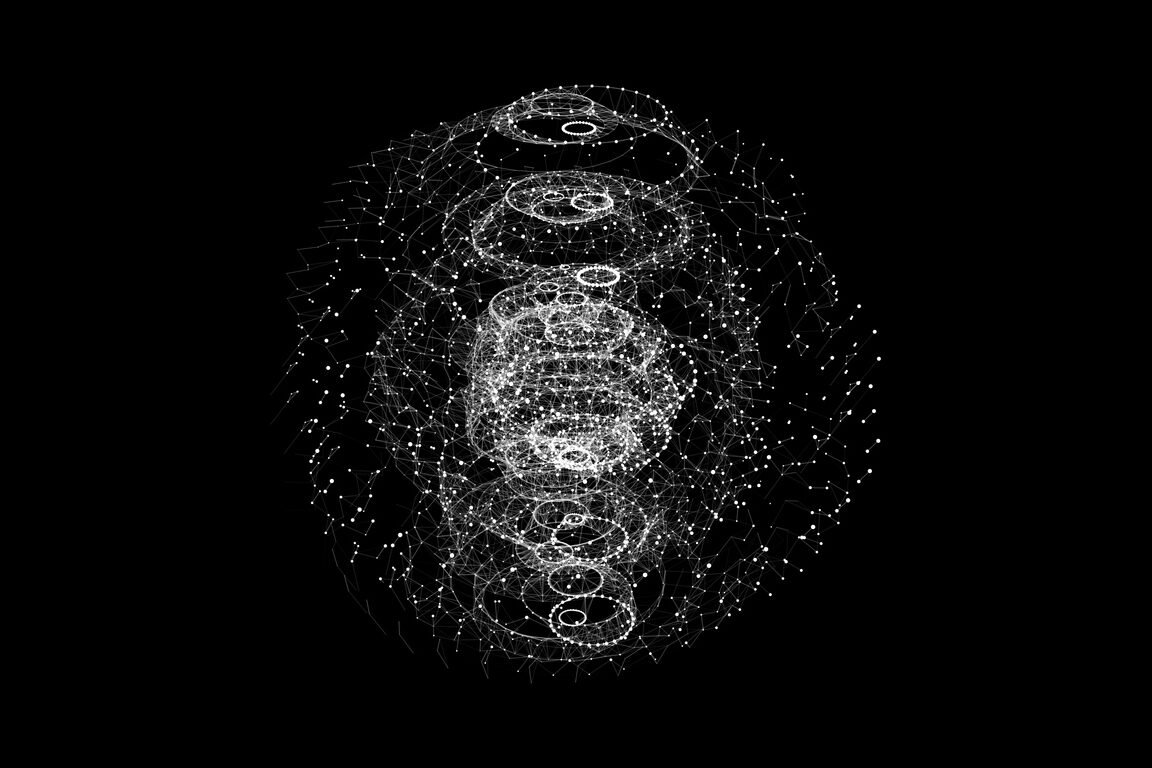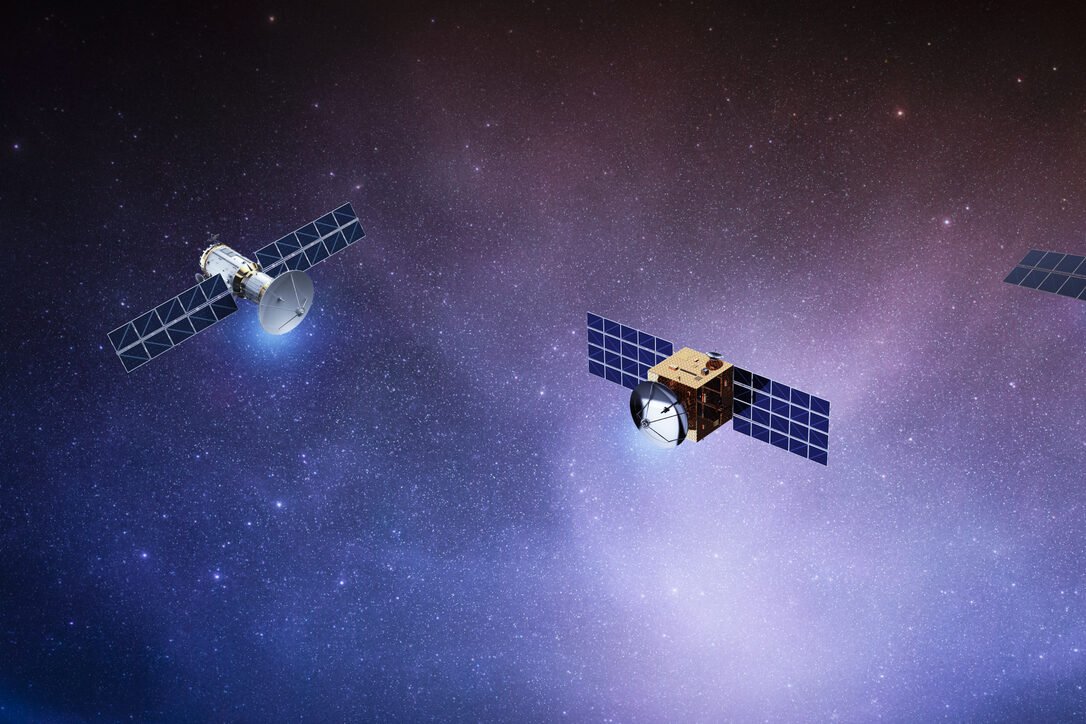Scientists Have Been Chasing Shadows for Decades

For more than 50 years, dark matter has held a central place in the story of the cosmos. It’s the mysterious stuff that supposedly makes up around 85% of the universe’s mass, even though it can’t be seen, touched, or measured directly. We only know it’s there — or think we do — because of how galaxies move and how gravity behaves in ways we can’t explain using just visible matter.
So physicists built incredibly sensitive detectors and buried them deep underground to filter out interference. They set traps for particles that might never come. And yet, after decades of searching, not a single direct detection has been confirmed. It’s not for lack of trying. The technology is breathtaking. But the silence has grown louder, and even some of the most respected scientists are beginning to wonder: are we chasing a ghost that never existed?
Gravity Doesn’t Always Play by the Rules
One of the big clues pointing to dark matter came from the way galaxies spin. Stars on the outer edges move much faster than they should, based on the gravity from visible matter alone. The math doesn’t add up unless you assume there’s something invisible adding extra mass — hence, dark matter. But what if the math is fine and it’s gravity that’s acting weird?
Some physicists are exploring alternative theories that tweak the laws of gravity themselves. Instead of adding invisible mass, they’re suggesting that gravity behaves differently at galactic scales than it does on Earth or in our solar system. These ideas are still controversial and not fully proven, but they offer a compelling explanation that doesn’t require dark matter at all. If these modified gravity theories are right, it wouldn’t just change one corner of science — it would shake the foundations of how we understand the universe.
The Experiments Are Getting More Expensive — and More Empty
The search for dark matter has become one of the most ambitious undertakings in science, involving multimillion-dollar detectors, cryogenic chambers, and collaborations across countries. Some of these detectors are buried miles underground or suspended in space, all in the hope of catching the briefest interaction with a dark matter particle. But year after year, these machines produce the same result — nothing.
Each null result is technically data, and it helps refine what dark matter might or might not be. But for scientists and funders, the lack of discovery is becoming harder to justify. Some are now asking if the field is facing a dead end, clinging to a theory simply because no better alternative has taken hold. It’s not that the science is failing — the experiments are brilliantly executed — but the target may simply not exist in the form we imagined. That’s a hard pill to swallow for a community built on the assumption that dark matter is real.
Some Say It’s Time to Rethink the Whole Model
The current model of cosmology, known as Lambda-CDM, relies heavily on dark matter to make sense of the large-scale structure of the universe. It explains how galaxies form, how cosmic background radiation looks, and why gravity behaves the way it does across space. But with dark matter particles continuing to elude us, some physicists are wondering if the model needs a reboot.
They’re not suggesting we throw everything out — more like questioning whether we’ve been too committed to one answer. It’s possible that dark matter isn’t a single particle, or even a particle at all. Maybe it’s something more complex, or maybe the way we’re modeling the universe has a major flaw. This is the uncomfortable part of science — where cherished ideas begin to unravel, and humility becomes just as important as calculation. It’s also the exciting part, because every failed theory opens the door to something new.
The Universe Might Be Hiding Something We Haven’t Even Imagined
One reason the dark matter mystery is so haunting is that it touches everything — literally. If dark matter exists, it’s passing through us all the time, interacting so weakly we’d never notice. And yet, if it doesn’t exist, then our entire understanding of the cosmos may need rewriting. What’s out there could be beyond our current imagination — not particles, but entirely new fields, dimensions, or forces.
This isn’t just a matter of missing matter. It’s about the limits of human perception and the tools we’ve created to explore the universe. Maybe we’ve been asking the wrong questions. Maybe we’ve built the right instruments but aimed them at the wrong mystery. The failure to find dark matter isn’t a failure of science — it’s a signal that something bigger, weirder, and potentially more beautiful is still waiting to be uncovered. And that’s the kind of mystery that keeps scientists awake at night.
Some Scientists Think We’ve Been Too Focused on One Type of Particle

Much of the dark matter search has centered around a particular kind of hypothetical particle called a WIMP — a Weakly Interacting Massive Particle. These particles were predicted to be just the right size and temperament to explain the universe’s missing mass. But despite building detectors specifically tailored to WIMPs, not a single confirmed detection has surfaced in decades.
Now, researchers are starting to question whether WIMPs were ever the right target. There are dozens of other exotic candidates — like axions, sterile neutrinos, or even fuzzy dark matter made of ultra-light particles — but the scientific community has invested heavily in the WIMP model. The longer the silence lasts, the more this looks like a case of scientific tunnel vision. If we’ve been fishing in the wrong pond all along, the real dark matter could be something completely different, and possibly even stranger than what we’ve prepared for.
Simulations Might Be Misleading Us
A big part of why dark matter is accepted today comes from computer simulations that show how galaxies and cosmic structures form. These simulations work beautifully — but they’re based on assumptions. Chief among them is that dark matter exists and behaves a certain way. If those assumptions are wrong, even slightly, then the entire model could be flawed without us realizing it.
Recent studies have begun to show cracks in how well simulations match real observations. Some galaxies behave too differently. Some gravitational lenses don’t align. It’s possible we’ve fine-tuned our models to fit a narrative we desperately want to be true. In science, models are useful, but only as long as they stay tethered to reality. If dark matter isn’t showing up in the real universe, maybe we need to rethink the digital one we’ve spent decades perfecting.
Alternative Theories Are Gaining Momentum
With dark matter staying elusive, other theories — once considered fringe — are gaining credibility. Modified Newtonian Dynamics (MOND), for instance, suggests that gravity behaves differently on galactic scales. Other ideas involve extra dimensions, changes in the fabric of spacetime, or even interactions between matter and dark energy that we haven’t yet detected.
These alternatives don’t neatly fit into our current understanding, but they offer something increasingly valuable: the possibility of testable predictions. Some physicists argue that we should give these ideas more oxygen rather than doubling down on the same invisible particle. It’s not about abandoning dark matter altogether — it’s about being open to the fact that science evolves. If new models help explain what dark matter was supposed to, maybe it’s time to stop searching for something that might not exist and start building around what we can observe.
The Idea of “Nothing” Is Hard to Let Go
There’s a strange comfort in believing dark matter is out there — like a blank space we just haven’t filled in yet. It preserves the laws of physics as we know them and offers an invisible cushion for the gaps in our cosmic equations. But the continued failure to detect it forces an uncomfortable realization: maybe there is no “something” waiting to be found. Maybe the universe is just different than we thought.
Letting go of a theory isn’t just a scientific challenge. It’s emotional. Whole careers have been built around the search for dark matter. Countless hours, dollars, and dreams have gone into proving it exists. Accepting that it might not can feel like defeat. But in truth, it’s the opposite. Admitting we were wrong is what makes science resilient. It’s how we move from dead ends to new paths. And in the vastness of the cosmos, there are always new paths.
The Mystery Might Be the Point

Even if dark matter doesn’t exist in the form we expect, the search for it has driven innovation in detectors, collaborations across countries, and some of the most imaginative physics of the last century. It’s forced us to ask better questions, push the limits of what we can measure, and stay humble in the face of cosmic ignorance.
The failure to find dark matter doesn’t mean failure overall. It means that the universe is still hiding secrets and that science, at its core, is about chasing the unknown. Whether dark matter turns out to be a particle, a phenomenon, or a signpost pointing toward a new theory entirely, the journey is what expands our understanding. Sometimes not finding what you’re looking for leads to something even more valuable. The universe might be quiet on dark matter, but it’s still speaking and we’re still listening.
